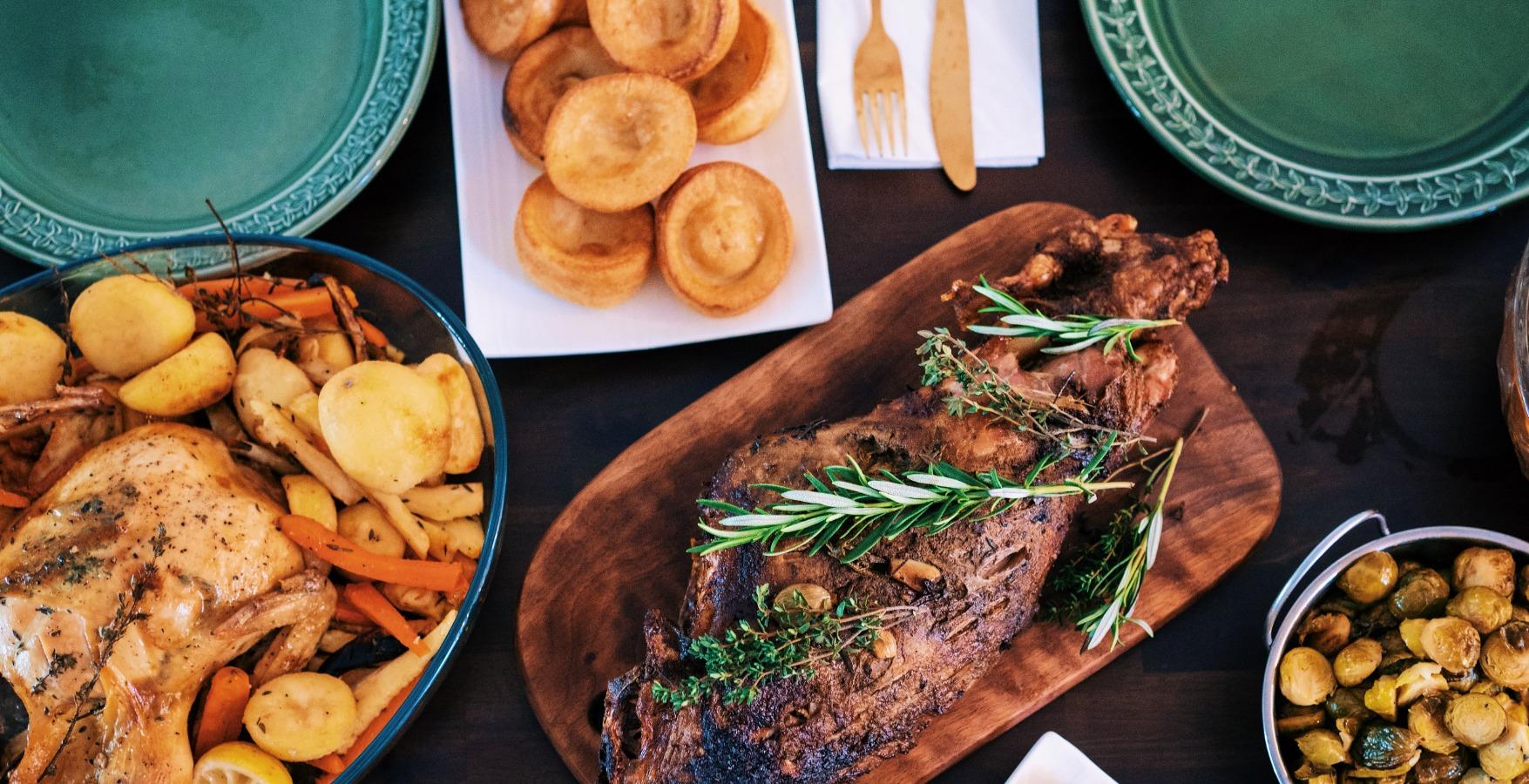
Top storage tips for Christmas
Check out these handy tips to save you money and keep food out of this bin throughout the holiday period.
It’s starting to look, feel, smell, and taste a lot like Christmas. At Love Food Hate Waste NSW HQ, we have put together a list of handy tips and tricks to help get you through the festive season wasting less food and making the most of the food you buy.
Australians waste an average of 98 kg of perfectly tasty food per year, which costs that individual nearly $1,000! Think of all the presents that could have been. Together we can make this Christmas season food waste-free.
Happy cooking, baking and making!
No-waste storage tips
- Clean out your pantry and fridge before Christmas and plan to use up existing ingredients to make space for Christmas cooking
- Turn down your fridge temperature by 1-2 degrees Celsius when the fridge is very full to keep everything cool because you’ll probably be opening the fridge more often than usual over Christmas and this will ensure everything stays cool.
- Defrost meat and seafood in the fridge, rather than on the kitchen bench. Bacteria is active when the food temperature is 5 - 60 degrees Celsius (the so-called danger zone).
Here’s how to keep festive food fresh:
Ham
Wrap ham in a clean cotton cloth or ham bag rinsed in a solution of two cups water and two tablespoons white vinegar. Rinse out or replace the wrap every three days. Slice leftover ham off the bone, wrap it in cling wrap, then foil and store in the fridge and it will be OK for 3-5 days and can be frozen for up to 1-2 months.
Roast chook/turkey
Remove the stuffing and store it separately as it has shorter shelf life than meat because of the moisture and mixed ingredients. Cooked meat, if stored correctly, will last 3-4 days. When you heat it up, make sure it is piping hot.
Seafood
Seafood must be kept cold. When shopping for seafood use a chiller bag or esky and ask your fishmonger to pack some ice with your purchase. Refrigerate as soon as you get home, stored in a glass or ceramic sealed container. Most fresh seafood is should be consumed within 2-3 days and it can be frozen for up to 3 months. Defrost frozen seafood in the fridge, not the bench.
Salads
Serve out salad in smaller portions and top up as needed, adding the dressing only when you serve. Salads with dressing generally can't be reused and if you keep extra in the fridge until needed it will stay fresh. Store mixed leaves in an airtight container lined with a paper towel to keep it fresher longer.
Roast veggies (including potatoes)
Put vegetables (and indeed any leftovers) into the fridge within two hours after serving. Roast veggies should be ideally consumed within 3-4 days and can be stretched to 1 week. Depending on when you put them in the fridge. However, you can freeze them, including potatoes, in a zip lock bag or airtight containers. Once the veggies have been defrosted, you can’t freeze them again.
Custard and dairy
Keep custards and dairy in the fridge until just before serving and return leftovers to the fridge immediately.
Christmas pudding
Christmas pudding can be refrigerated for up to three months or stored in the freezer for up to six months.
Cream-based desserts
Creamed based dessert should be kept in the fridge until needed and returned back to it immediately afterwards. After two hours at room temperature, desserts are past their best and shouldn’t be eaten. Kept cool, they can last 3-4 days in the fridge or freezer.
Christmas biscuits
Soft cookies are at their best eaten within 2-3 days, before becoming harder. You can store hard cookies in an airtight container with a paper towel to absorb moisture and they can last 2-3 weeks.
